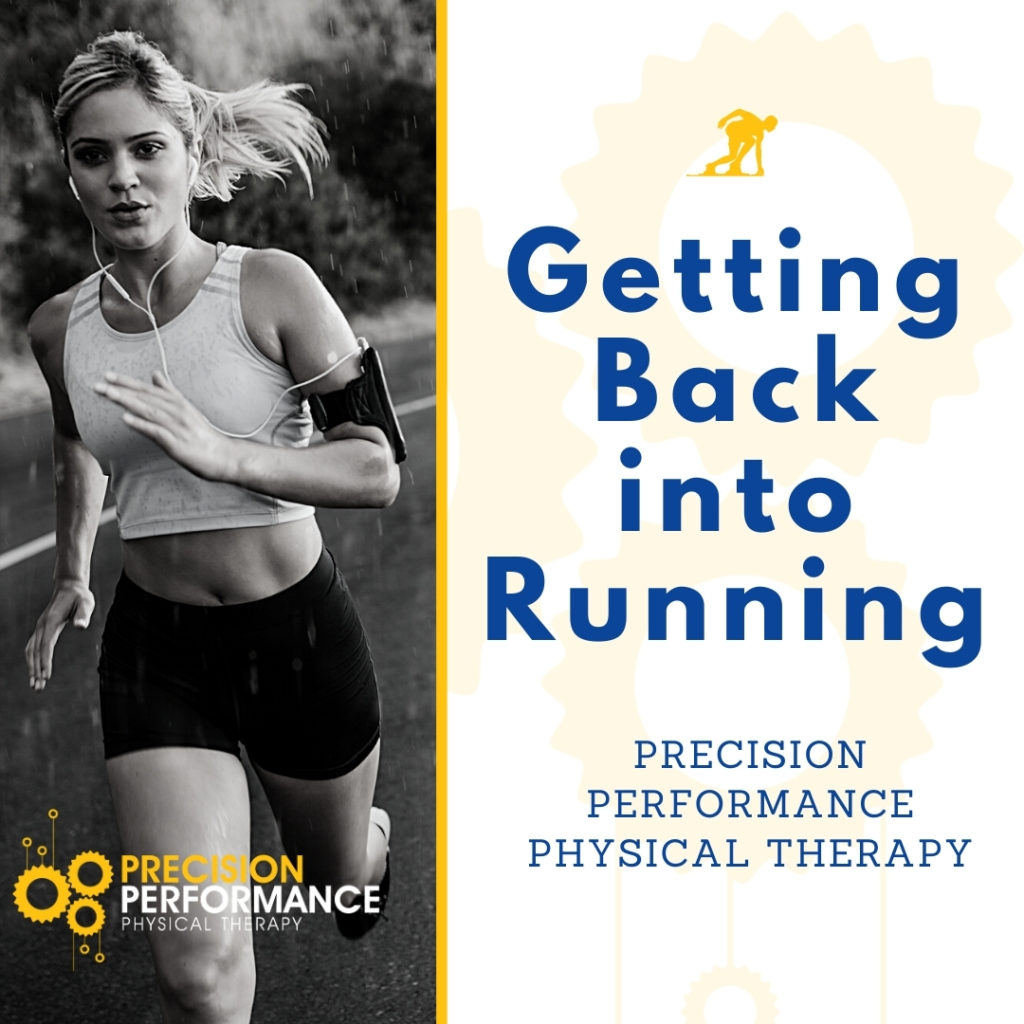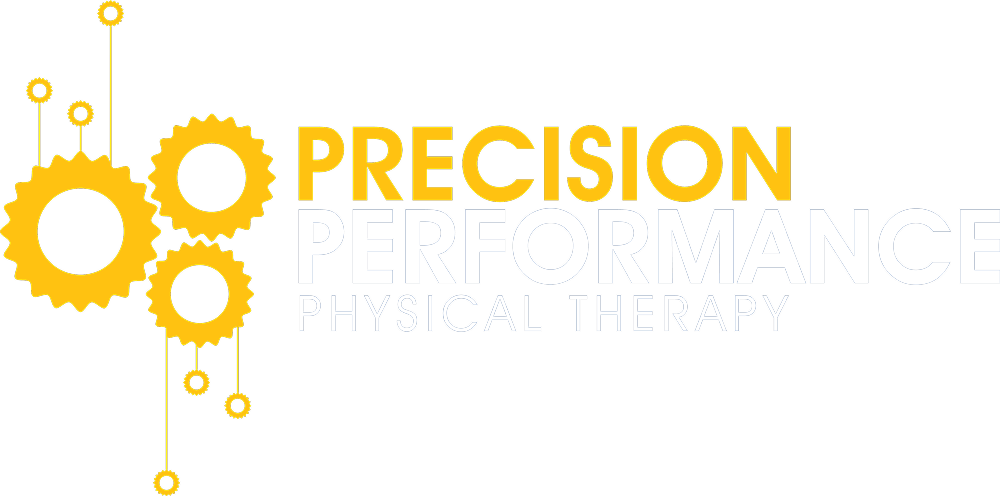How to Safely Return to Running After an Injury

After you’ve suffered an injury and spent months resting and recovering, you may be itching to start enjoying your pain-free, active lifestyle again. This lack of pain appears as your green light to jump back in the saddle, or this case, your running shoes. However, the return to running requires time and patience to avoid risking a repeat injury.
Working your way up to running
As the saying goes, you need to walk before you can run. After an injury, the most important thing is rebuilding your strength. When you return to running, you need to make sure your tissues (tendons, muscles, ligaments, etc.) are prepared for the force and added stress that running poses to your hips, legs, and feet. A running program designed by a physical therapist is the best way to re-establish your appropriate level of physical activity. Your physical therapist will assess your current condition and determine the steps you need to take to return to running. When it comes to a successful running program, slow and steady wins the race.
Your physical therapist has to consider every part of your body. Everyone is different, so no one programs will be exactly the same as the next. Typically, you may work on hips, single-leg strength, landing progressions, and propelling forward. This is a breakdown of each step in the process of running. It’s important to isolate each one of these areas to make sure they are all up to the task of running.
Strengthening your hips
Hip strength is extremely important in the mechanics of your whole body, not just for running but in many facets of life. Examples of exercises to increase stability and endurance include:
- Hip abduction
- Lunges
- Split squat
Focusing on one leg at a time
Unilateral exercises can be great for working out any possible muscle imbalances. These exercises use balance to isolate muscles and strengthen them equally. Some examples of single-leg exercises include:
- Single-leg squat
- Single-leg calf raise
- Single-leg hip drive
Perfect the landing and increase the power behind your movements
Running is essentially a series of single-leg hops. It’s important that you’re able to land on one leg while controlling the other. When you run, you are putting a significant amount of force on one leg at a time. Landing progressions are designed to gradually increase landing forces to prepare you for your eventual return to running. Just as important as the landing is the propelling forward motion that allows you to take off. Similar to landing progressions, your physical therapist may work with you on jumping progressions to gradually work your way up to maximum power when you propel forward.
By individually targeting every single part of the running process, you will be able to come back stronger and with less risk of injury. Every week, your physical therapist will set achievable goals or expectations for you to complete. It might be a slow, painful process at first, but if you stick with the program, you’ll see the results!
Ready to live a pain-free life and get back to physical activity? Learn more about the programs we offer here at Precision Performance Physical Therapy.
